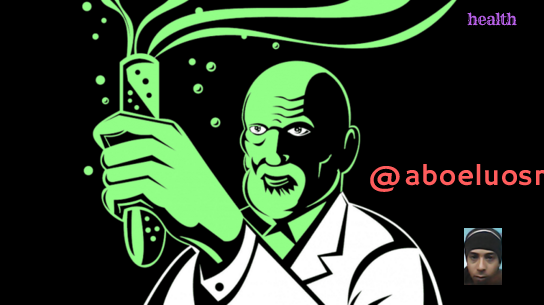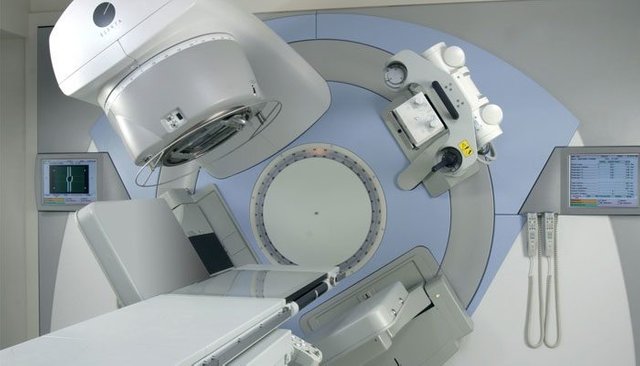Scientists have completely ignored human rights in their experiments

Everyone knows that scientific and technical progress comes at a price that is often high, and sometimes involves sacrifices ranging from years of work and many tests to scientists, and sometimes by bringing it to human trials without their permission or consent.
Although the rules today have become very rigorous in the field of testing and selection of samples and to inform participants of the dangers they are exposed to, it was not the case all the time, and in many cases came scientific progress, especially in the medical field at the expense of the freedom or life of people placed in tests against their will Or without their knowledge.
Here are some examples of scientists who have done this type of behavior:
1. Dr. Saul Krugman - Research on the spread of hepatitis

In 1954, Dr. Saul Krugman was appointed as an adviser on communicable diseases at New York State's Willowbrook School, which was an institution hosting a large number of children with mental and cognitive problems, but Krugman's intention was not merely to monitor but to test the spread and evolution Hepatitis C disease in this institution, especially since hepatitis was a widespread epidemic in the United States.
To test Krugman, he collected a sample of 700 children at the institution, half of whom were injected with a mild form of hepatitis virus to study its spread and development, whether they would be able to resist and overcome it, while the second half was kept healthy as a control group to compare the results And those who were injected with the virus.
At the end of the trial, symptoms in children who were injected with the diluted virus were found to be less stressful than those who had contracted the virus in the conventional way.
Of course, the study caused a great deal of controversy especially since the children in this institution have been entered by parents voluntarily in the hope of improving their condition or stability at least, not to become a substance for serious experiences such as infection with a serious disease such as hepatitis.
Krugman's justification for his experience was simple and even humiliating. He claimed that the experiment did not cause anything serious and that the children were infected anyway because of the widespread spread of hepatitis, but this justification was largely rejected, with deliberate misinformation of the children about the possible dangers of the experiment, Claim to fill sections for children who are not infected to increase the number of children who are injected with the virus. [Source]
2. The sociologist Laud Humphreys - Search the secret ways of gay encounters

The secret meeting places for homosexuals were one of the things that intrigued Humphreys, especially the meetings that took place in the public baths, spontaneously and unevenly, between gay men who showed their attraction to each other or even had sex with people they did not know before and who might not even meet them as a method For camouflage and protection from prying eyes.
In order to penetrate the community of this group of people, Humphreys tried to portray himself as a person who only observes, that is, he enjoys being in the same place where the two sexes are watching them closely.
This Humphreys method allowed him to get closer to the community of gay men during the 1960s, and with time he was able to gather information about these people, their dispositions, their way of thinking, their own lives, the things that affected them and their mechanism of coexistence with the rejecting environment. His own information was monitored by Humphreys, who was not hesitant to find the addresses of these men and to monitor them and spy on them to learn more about it.
Humphreys subsequently published his findings in several books such as Tearoom Trade and The Sociology of Homosexual Liberation, which caused a sensation and actually helped the gay cause in the United States, especially with the phasing out of homosexuality gradually and removing it from the list of psychiatric illnesses, Time Humphreys' actions were controversial, especially as he spied on people and recorded details of their private lives and published them, which is an infringement on their privacy regardless of motive. [Source]
3. Doctor Lauretta Bender - ECT for children

One of the most unexplored cases (although psychiatric diagnosis is usually inaccurate and has several problems) is autism, which usually appears initially in children without obvious causes (ignoring conspiracy theories that claim the role of vaccines), and comes In the form of a wide spectrum makes diagnosis difficult and deal with it much more difficult as well.
Autism was in particular the focus of the psychologist and physician Lauretta Bender, who during the 1940s and 1950s conducted several experiments on ECT at Bellevue Hospital.
Many of the children who were exposed to Bender's treatment later spoke of their bitter experience with painful electrical shocks that did not give any real improvement. They also spoke about the poor conditions in the hospital and the ill-treatment and the nightmare that this treatment provided for them, although many of them did not suffer from Autism, but were only shy children diagnosed with autism or schizophrenia wrongly. [Source] and [source]
4. Doctor Eugene Saenger - Radiotherapy

During the 1960s radiation from radioactive elements was very frightening and a major concern for the public and governments, especially after the devastating impact of nuclear weapons in Japan and the link between exposure to radiation, cancer and death due to Radiation Sickness. Radiation at the University of Cincinnati in the United States under the direct request of the Pentagon, with the apparent appearance of the study is the study of the use of radiation in the treatment of diseases, especially cancer.
Saenger's research and experiments have led to the development of radiotherapy. Radiation therapy has become one of the most important cancer treatments, but the original goal of the Pentagon was not actually related to cancer treatment, but to the effect of radiation on humans and to what extent the average person could be exposed Rays before he becomes severely ill-tempered or reduced to death.
The experiment was conducted on 90 patients with cancer during the 1960s with exposure to large doses of radiation under the cover of the study of the use of radiation as a treatment.
(60%) were black (African American) and the results were very poor and resulted in 21 deaths out of 90 during the first month of the trial.
Saenger admitted that there were eight radiation deaths, but he retracted his statement and went on to claim that none of the patients had died because of the experiment.
Over the years, it has been highly controversial, especially with Saenger's defense that he has collected consent forms from patients on the experiment, although these were misleading because they do not mention the real risks of experimentation and the possibility of death due to large doses of radiation. [Source] and [source]
________________________________________________________
By Ali Wadee Hassan
I hope this post helps you make better use of. If this post is beneficial, please do upvote and resteem it.

Nice
Thank you
These kinds of experiments can't be justified in any way. Sure there must be better ways.
The more time passes, the more ways are discovered. Science does not stop and does not end Thank you for your comment